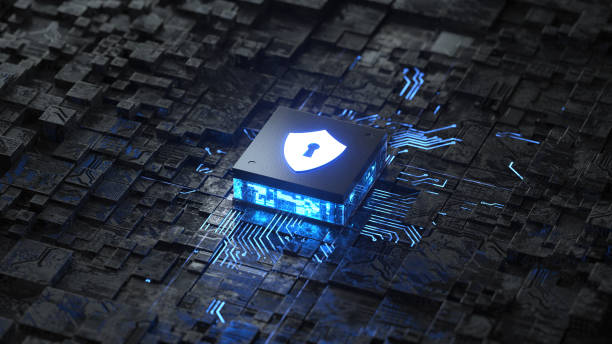Considering the endless blessings of the internet, it’s no surprise that, on the other side, it’s a home of malicious hackers, scammers, and thieves alike. Cybercriminals are at an all-time high to exploit businesses and have garnered immense attention lately. According to stats shared by Cybersecurity Ventures, Cybercrime is predicted to cost the world $9.5 trillion in 2024.
Gaining financial benefits is one of the critical reasons for cybercrime. However, cybercrime comes in different forms. In this blog, we’ll dive into the growing threat of cybercrime examples and safeguard your business against this nuisance. This blog will delve into the impact on society and the ongoing efforts to combat this ever-evolving menace.
The Gist of Cybercrime
Cybercrime is a criminal activity conducted through a computer, network, smartphone, or any other device connected to the internet. This activity is performed by individuals with little technical know-how or organizations, including skilled developers, solely for financial purposes, gaining access to sensitive information, or damaging the business’s reputation. Cybercriminals tend to target vital details, so it is necessary to back up your data.
The effects of cybercrimes go beyond. Some of the most common types of cybercrimes include hacking, phishing, ransomware, and online frauds, encompassing credit card frauds to investment scams, exploiting the anonymity of the internet.
Exploring the Different Types of Cybercrime
Cybercrime takes different forms, causing damage to businesses. Here’s an overview of the five common types of cybercrime to help you stay informed and secure.
Hacking
The act of gaining unauthorized access to the computer system or network to steal sensitive information, be it personal, organization’s, corporate, or government sectors. In hacking, malicious actors use technical skills to exploit vulnerabilities and disrupt the smooth operations of the system. According to the FBI, hacking costs billions of dollars annually.
Phishing
One of the most common types of cybercrime is phishing, where bad actors trick individuals into sensitive information. This social engineering attack is generally performed through fake emails, websites, or messages. Phishing attempts pretend to be legitimate entities to fool victims. It creates a sense of urgency and appears to be from a trusted source.
DDOs Attacks
Distributed Denial of Service Attacks (DDOs) are malicious activities that flood your network with overwhelming traffic, making service unavailable to users. Hackers, competitors, or cybercriminal groups may deploy DDoS attacks to destroy day-to-day business operations. Some common examples of DDoS attacks are The AWS DDOS attack in 2020, The Google Attack in 2020, and more.
Social Engineering
Social engineering involves exploiting human psychology; in short, this type of cybercrime gains the trust of individuals or users, encouraging them to take further harmful actions and, for example, reveal passwords or sensitive information. Combating the risk needs empowerment, awareness, and the implementation of security protocols to avoid getting into the trap of these attacks.
Identity Theft
This is one of the types of cybercrimes wherein the cybercriminal or the malicious attacker tries to steal an individual’s essential or personal information for financial gain. They can disrupt social media platforms, online transactions, and more vulnerabilities. Furthermore, the reveal of personal data can also lead to enduring consequences.
Effects of Cybercrime on Businesses
While financial losses are expected, businesses also face other devastating consequences as a result of cybercrime, which includes the following:
- Damage to the brand’s reputation and identity
- Loss of customer’s crucial data can lead to fines or penalties
- Increased cost after the impact of cybercrime
How to Mitigate Cybercrime?
Everyone, from novices to pro-techies, should follow a multi-faceted approach to overcoming cybercrime. Judicial laws also play a vital role in conducting cybercriminals, as the generic cybercrime scenario involves crossing jurisdictional boundaries. Furthermore, investing in state-of-the-art cybersecurity infrastructure and advanced technologies can help mitigate cybercrimes at the top level.
Here are some helpful preventive measures you can incorporate to keep your eyes off the effects of cybercrime.
- Avoid clicking on untrustworthy links or websites.
- Make maximum use of VPN.
- Keep your antivirus software up to date.
- Attending cybersecurity training sessions.
- Use strong passwords with memorable characters, symbols, and letters.
Conclusion
In today’s technological space, hackers would continue to find different ways to exploit the computer system/network. Cybercrimes, as mentioned earlier, are going nowhere! They possess cruel power to break the business. Thus, educating yourself on the preventive measures to protect you, as an individual or your business, from unprecedented cybercrimes is paramount.
Also Read:
Protect Your Business from Cyber Threats: Pro Tips to Prevent Cyber Attacks

